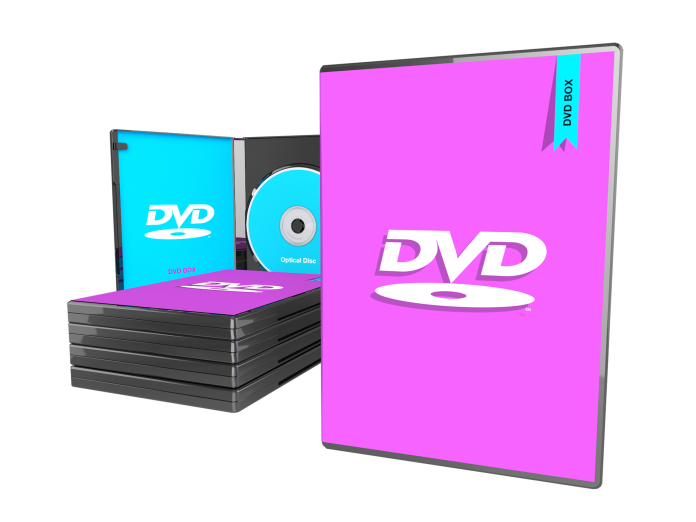Kodak introduced the first 8mm film for consumers in 1932. The introduction of this new filming format revolutionized the film industry and gave amateur film makers a chance to show off their skills.
This film was made from 16mm stock but was more affordable compared to the regular 16mm format. As a result, 8mm film became one of the most popular formats for shooting home movies.
However, the format’s reign in the home movies market came to an end when cassette tapes were introduced in the 80s. These cassette tapes were designed to be used in home camcorders, and quickly gained popularity due to their convenient design.
Many people still have home videos that were shot on 8mm film lying around in their basements and attics. These reels may contain valuable memories from another era, so they should be preserved.
Can 8mm film be preserved?
8mm films naturally degrade over time. This process is inevitable, and is usually sped up by humidity and heat, so tapes stored in such conditions often degrade more rapidly.
Improved storage practices can extend the lifespan of these reels; however, time will eventually take its toll and your films will become unplayable. The thought of losing valuable films from decades ago can be disheartening, but a solution exists for people who would like to preserve these videos.
Converting 8mm film to DVD
Home movies recorded on 8mm film can be converted to digital video and saved on DVDs. This process allows you to preserve your videos indefinitely so that you can show them off to future generations.
This process is relatively common and has been practiced for decades. TV stations and film studios have always known about film degradation. When digital videos were introduced in the 80s, film companies jumped at the chance to preserve their films for future audiences.
However, these companies had access to vast resources that enabled them to convert their films to digital formats. Ordinary people don’t have access to such facilities, but you can still transfer your 8mm films to DVD in a number of ways.
Making a recording of your tape being played
This is the simplest method for preserving your 8mm films. You will need your film, a projector, a projection screen or blank surface, and a high-quality camcorder.
Once you have all these items, you should load your film reel onto the projector and play it back. Then mount your camcorder onto a stand and record your film as it is being shown on the projector screen.
After you have recorded your video, you can transfer it to a computer and burn it onto a DVD for preservation. You could also upload it to the internet or save it on a digital cloud for preservation.
This method is quick and easy, but your recording will likely be low-quality. In addition to this, 8mm film is played at a frame rate that is much lower than the frame rates recorded by modern camcorders. As a result, your digital recording of the film may look grainy and rough.
Use a professional film conversion service
If you’d prefer to avoid the hassle of acquiring a projector and painstakingly converting your films yourself, you should try taking your film feels to a professional film conversion service.
Old film tends to be sticky and brittle, so most people don’t know how to handle them properly. Your DIY conversion attempts may also cause your film to split and be ruined, so it’s best to leave the conversion to professionals.
Professional film conversion services use extensive preparation and post production processes to perform high quality transfers of your 8mm film to DVD or digital formats. Their experts inspect, clean, and lubricate 8mm film reels before converting them to digital formats. They can remove blank films, repair splices, and repair leaders if needed.
The best services transfer 8mm film frame-by-frame using a progressive scan-capture system. These images are then turned into video using a specialized video transfer service. The resulting video can be smoother and more accurate than the original 8mm film in some cases.
Converting 8mm tapes to DVD
8mm tapes were introduced in the 80s and were used in home camcorders. This format largely replaced 8mm film due to its ease of use and playback. These tapes can be converted to DVD in many ways.
Converting 8mm tapes using a DVD recorder
You can convert your old camcorder tapes to DVD with the help of a DVD recorder. The process is relatively simple and is outlined below:
Connect your camcorder to your DVD recorder using audio/video cables.
Use the input select button on the DVD recorder to switch from the tuner setting to its AV inputs.
Load up your tape on the camcorder, and place a blank DVD in the DVD recorder.
Hit “record” on the DVD recorder and press “play” on your camcorder.
Once recording is complete, hit “stop” on both the DVD recorder and the camcorder.
Play back your video on your DVD to ensure it works fine.
This aforementioned process is easy to perform at home; however, many people do not own DVD recorders. If you don’t want to purchase one of these devices for a one-time conversion, you should go to a professional film conversion service instead.
Converting 8mm tapes to DVD at a professional film service
Professional film services can convert your 8mm tapes to DVD in high quality. They use great care to ensure that the video and sound quality of the original tape is preserved during the conversion process.
They transfer each tape to DVDs with custom menus and chapters. They can convert each DVD on its own, or combine multiple tapes onto a single DVD.
So don’t let your old 8mm films and tapes degrade any longer. Retrieve them from your basement or attic and take them to your nearest film conversion service as soon as possible. You won’t regret your decision once you see your home movies on pristine digital video.

